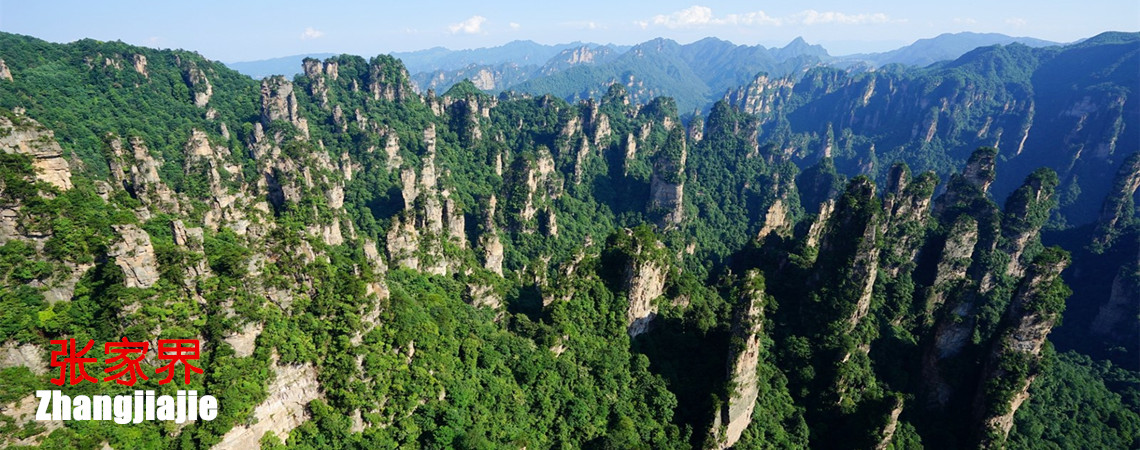Skype: neodalle-travel
Tel: +86 135 7447 2266
E-mail: sales@zhangjiajieholiday.com

During the period of the Five Dynasties and Ten States (AD 907-960), the entire territory of Zhangjiajie was under the jurisdiction of the State of Chu.
In the Song Dynasty(907-1279), the emperor adjusted the whole country to wenty-three Roads with the states, provinces, prefecture under the road in order to strengthen the centralization of power. In 963, Emperor Taizu, Zhao Kuangying, ordered the entire territory of Zhangjiajie City as Cili County to be placed in Liyang Prefecture, and also set up Anfu Stockade in today's Sangzhi County, Wukou Stockade in today’s Yongding District Sokou Stockade in today's Wulingyuan District.
In the Yuan Dynasty (1279-1368), 11 provinces were established under the central government throughout the whole country. In 1277, the Emperor Shizu, Kublai Khan, ordered that the four counties were under the jurisdiction of the LIzhou Road Administration Office. Cili County was one of the four counties, which was the entire territory of today's Zhangjiajie City. At that time, the Marshal Government of Maogang was also set up in today's Yongding District of Zhangjiajie City.
In the Ming Dynasty(1368-1644), the central government of the Ming Dynasty abolished the province of the Yuan Dynasty, and established 13 ambassadors in the whole country to implement civil affairs and financial management at the provincial level. In 1369, Cili Prefecture was changed to Dayong County which belonged to Lizhou Prefecture.
In the Qing Dynasty(1645-1911), the central government established 23 provinces which had the following jurisdictions of states,prefecture,and county. In 1730,the Emperor Yongzheng made Sangzhi and Maogang Tusi successively change their soils, and set up Lizhou Prefecture as a municipality directly which managed the four counties of Anxiang, Shimen, Cili, and Anfu. At that time, today's Zhangjiajie belonged to Cili and Anfu County.
In the Republic of China(1912-1949), Hunan Province set up three Roads to manage sixty counties, and then the “Auxiliary Commissioner’s Office” was established in stead of the Roads.. In 1916, Hunan Province abolished Wuling Road and placed the three counties of Dayong, Sangzhi and Cili County under the Chengyuan Road. Hunan Province adjusted to 10 administrative inspectorates. Cili, Dayong and Sangzhi belonged to the Fourth Inspectorate, and the Commissioner’s Office was located in Changde.
In the People's Republic of China( 1949- ), the whole territory of Zhangjiajie City was liberated in1949. From the year of 1949 to 1988, Cili County was under the jurisdiction of Changde Prefecture. The two counties of Dayong and Sangzhi were under the jurisdiction of Yongshun Prefecture from October 16, 1949 to August 1952, and were transferred to Xiangxi Tujia & Miao Autonomous Region.
 Ask Questions ?
Ask Questions ?